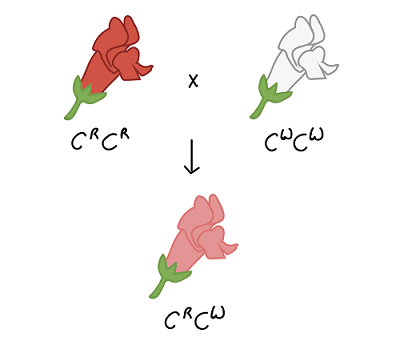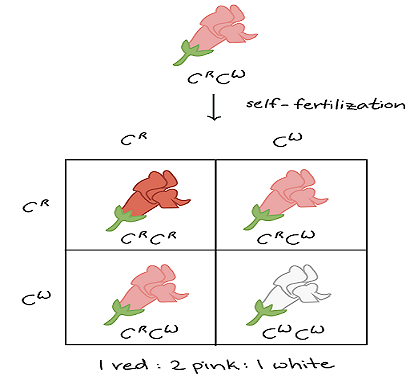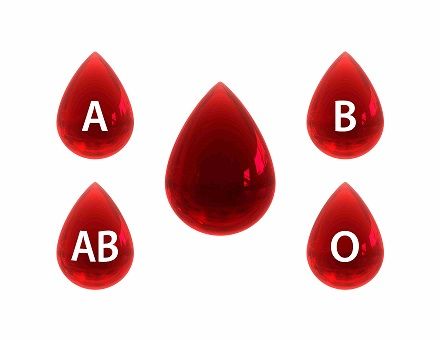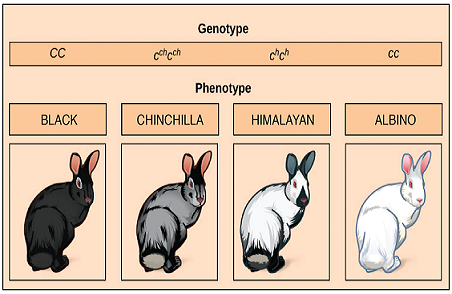How traits are inherited across generations #2

Good day everyone and welcome to another episode of how traits are inherited or passed from one generation to another. In my last post, I explained one of the ways through which traits can be passed from parents to offsprings, how traits are represented by alleles which could be homozygous dominant, homozygous recessive as well as heterozygous dominant or recessive. In other to fully understand this episode, I will implore my first-time readers to read through the first part here.
A quick look at our environment and a lot of genetically-related events seem to be defying all odds. For example, a child could be given birth to and it will look like neither of the two parents nor anyone in the history of both parents families. Processes relating to inheritance of characters do not follow a single course of action. In this particular case, the right question to ask is are there exceptions to Mendel's law of segregation? Just like many other scientific theories, the answer is yes. Some of the exceptions are discussed as follows;
Incomplete dominance
According to Mendel, when an alternate form of alleles represents a gene, one is supposed to be dominant while the other one will be recessive. This theory has been found to have an exception. A breeding experiment involving a cross between a white flower and a red flower plant of the same species is supposed to yield either all red or all white plants at first filial generation and a ratio of 3:1 at second filial if the law of segregation is obeyed. However, a situation in which a plant of another colour which is neither red nor white is obtained means something has gone wrong with segregation of alleles. This situation is known as incomplete dominance when one of the alleles representing the gene for flower colour exerts an incomplete dominance over its alternate form.


A more direct example is found in the cross involving the red and white flower snapdragon(Antirrhinum majus) plant in which the allele producing the red colour exerts incomplete dominance over the allele producing the white colour, resulting in all pink offsprings in the first generation. Self-crossing of the offsprings from the first generation resulted in the production of red, pink and white flower plant in the ratio 1:2:1.
So, next time you see a light skin and a dark skin couple giving birth to a chocolate baby, you know what likely went down, right?
Co-dominance

Multiple alleles inheritance

Summary
The mechanisms surrounding the inheritance of traits across generation are sometimes complex that mere segregation of alleles. The exceptions to the law of segregation are mostly responsible for seemingly unexplainable pattern of inheritance, especially to those that are not familiar with how inheritance works. These exceptions include incomplete dominance where an allele exert incomplete effects on its alternate form, culminating in the appearance of new phenotype which is quite different from those of the parents. Co-dominance and multiple alleles also constitute major exceptions to segregation with each bringing about different effects in nature.
Apart from his investigations that led to the discovery of segregation of alleles, Mendel carried out further research that has to do with consideration of multiple traits in a single cross-breeding experiment. What are the implications of his findings? Join me in the next few days as I will be discussing further on how traits are inherited across generations. I really do hope you have enjoyed this session.
Thank you for reading.
References
[1]biology.stackexchange
[2]thoughtco.com
[3]biology.arizona
[4]iupui.edu
[5]learn.genetics
Image source
image 1
image2
image 3
image 4
image 5

I enjoyed it can't wait for the next session on traits.wow the mechanisms around traits inheritance sometimes complex.
I agree with you. Even scientists are still working day and night to understand some things
Great technical information and resources! Thank you for sharing :)
thank you :)